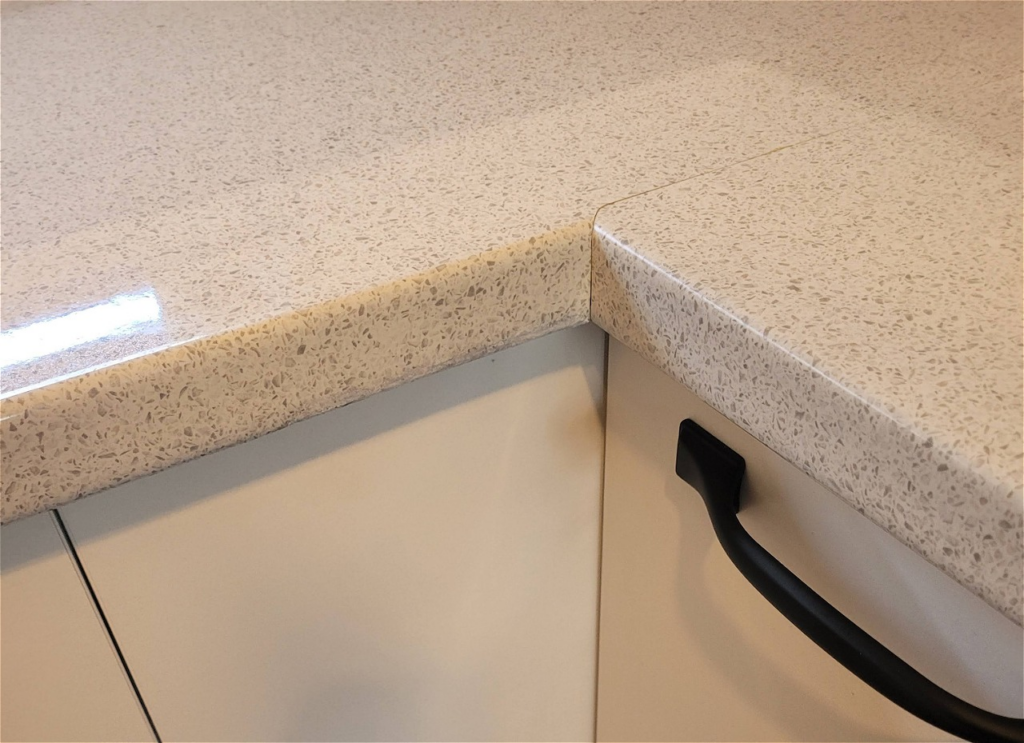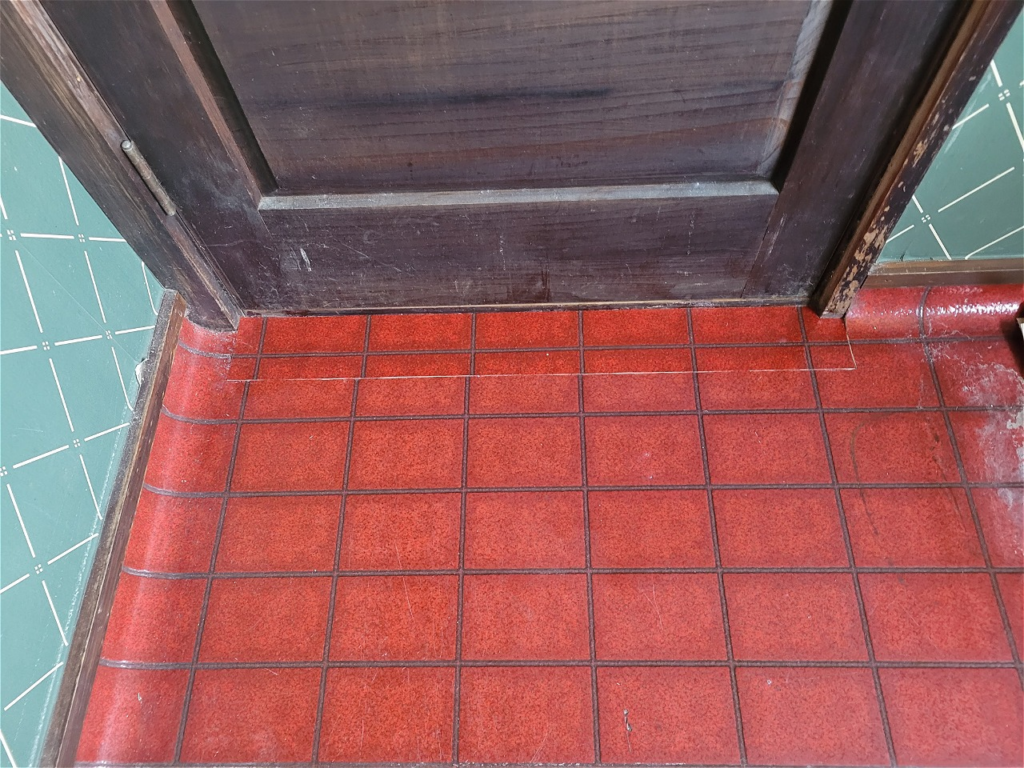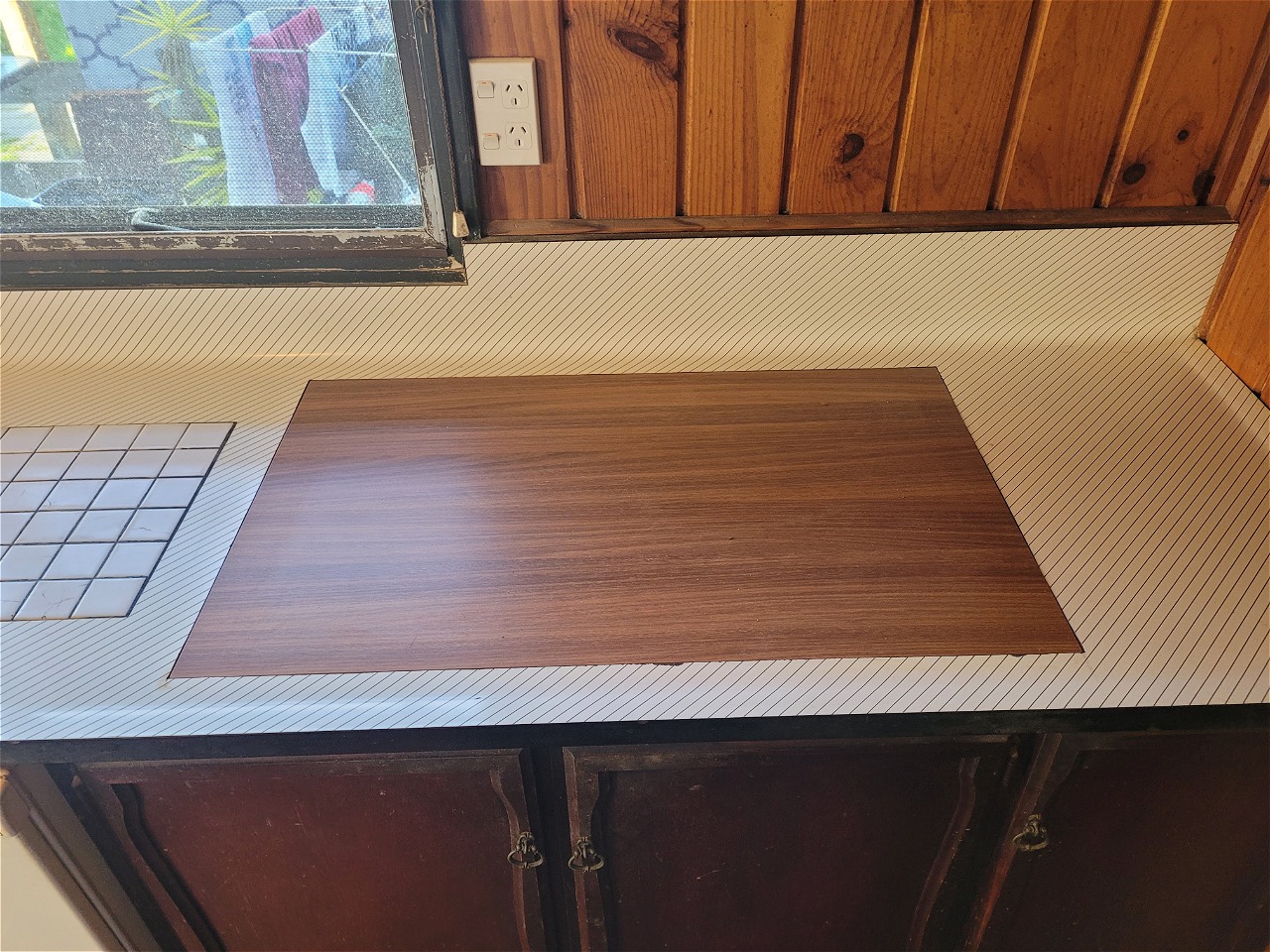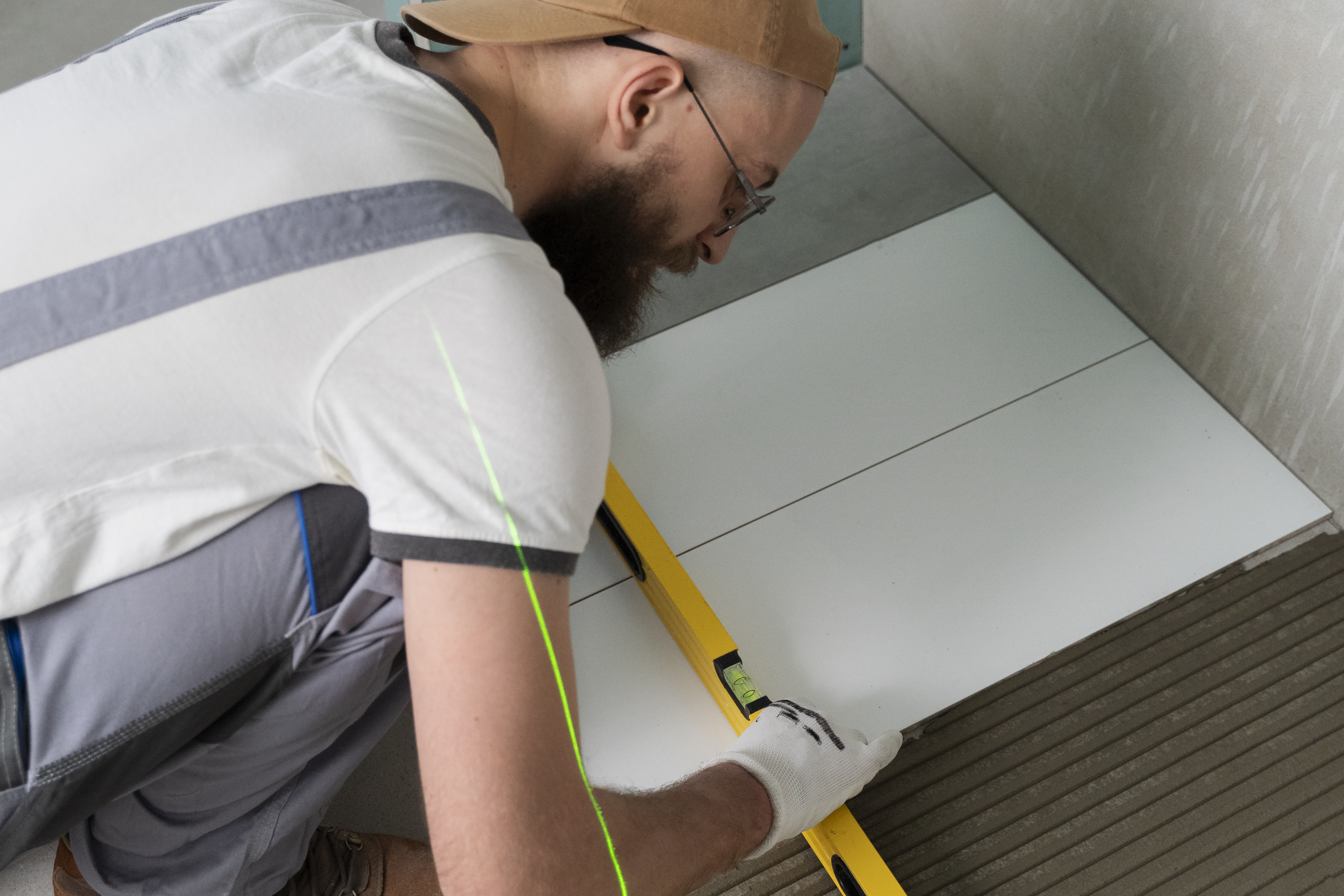Surfaces in homes and businesses experience daily wear and tear, making surface restoration essential for maintaining their appearance and functionality. Whether it’s countertops, flooring, or furniture, knowing how to restore and care for different materials can extend their lifespan and keep them looking pristine. Below, we explore the best methods for restoring and maintaining various surfaces, including benchtop restoration for kitchens and bathrooms.
1. Stone Surfaces (Granite, Marble, and Quartz)

Restoration:
- Clean the surface with a pH-balanced stone cleaner to remove dirt and grime.
- For scratches and dullness, use a professional-grade polishing compound.
- Deep stains may require a poultice to draw out embedded dirt and oils.
Maintenance:
- Wipe spills immediately to prevent staining.
- Seal natural stone surfaces regularly to maintain their protective barrier.
- Avoid harsh chemicals and abrasive pads that can damage the surface.
2. Wooden Surfaces (Tables, Floors, and Cabinets)

Restoration:
- Sand down scratches and worn-out finishes before applying a fresh coat of stain or sealant.
- Use wood filler for deeper cracks and imperfections.
- Apply a protective topcoat to restore shine and durability.
Maintenance:
- Use a microfiber cloth to dust frequently and prevent buildup.
- Avoid excessive moisture, as it can cause warping or cracking.
- Use furniture pads to protect wooden floors from scratches.
3. Laminate and Benchtop Surfaces
Restoration:
- For minor scratches, use a laminate repair paste or wax filler.
- Deep scratches or burns may require benchtop restoration by refinishing or replacing damaged sections.
- Use a gentle cleaner to remove stains without damaging the surface.
Maintenance:
- Avoid placing hot pots or pans directly on laminate benchtops.
- Use cutting boards instead of chopping directly on the surface.
- Clean spills immediately with a damp cloth to prevent permanent stains.
4. Tile and Grout Surfaces
Restoration:
- Use a grout cleaner or a mixture of baking soda and vinegar to remove stains and mildew.
- Reapply grout sealant to prevent moisture penetration and discoloration.
- For cracked tiles, consider professional tile replacement or repair.
Maintenance:
- Sweep and mop regularly to prevent dirt buildup.
- Avoid using harsh acidic cleaners that can erode grout over time.
- Re-seal grout lines annually for long-lasting protection.
5. Metal Surfaces (Stainless Steel, Brass, and Copper)
Restoration:
- Remove rust using a mixture of baking soda and water or a commercial rust remover.
- Polish with a metal-specific cleaner to restore shine.
- Apply protective coatings to prevent future oxidation.
Maintenance:
- Wipe surfaces with a damp cloth and mild detergent.
- Avoid using steel wool or harsh abrasives that can cause scratches.
- Keep metals dry to prevent corrosion.
Final Thoughts
Proper surface restoration and maintenance can help preserve the beauty and functionality of different materials in your home or business. Whether you’re focusing on benchtop restoration, restoring wooden furniture, or reviving stone countertops, following these best practices ensures long-lasting results. Investing time in regular maintenance will save you money on costly repairs and keep your surfaces looking brand new for years to come.



